“Import substitution” in video surveillance. Part One: Si-Cam
Recently, Maxim Gorshenin’s sensational video about Asian OEM monitors that were included in the register of the Ministry of Industry and Trade prompted me to write this article. Quite a lot of video surveillance equipment passed through my hands, including “registered” equipment, but unlike Maxim’s case, the story here is more serious. If Asian monitors are problematic to use as a security vulnerability, then IP cameras are a full-fledged network device that can be accessed remotely and even launched attacks on the entire infrastructure.
Moreover, Chinese cameras not only have security problems, but also built-in backdoors, because of which they are abandoned all over the world. But not in Russia, here they manage to certify them as “domestic” electronics, replace imports with Chinese products, and install this junk on critical infrastructure facilities.
Surveillance camera from the “Russian” manufacturer Si-Cam, model SC4PROIх
I’ll start with the most interesting, in my opinion, case – a recording camera from the Novosibirsk company Si-Cam (registry number RE-9464/22). Inclusion of this camera in the REP registry means that it is completely of Russian origin, as stated in the attached conclusion. Well, let’s do our own examination.
Appearance

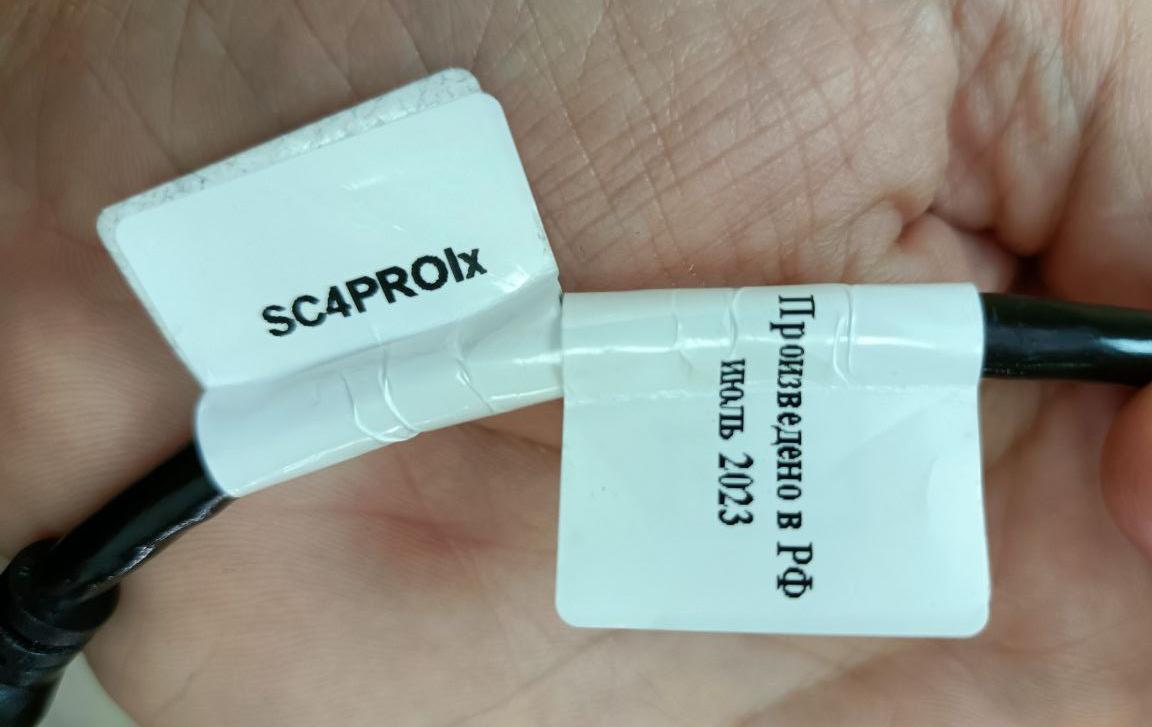
Firstly, the camera itself does not have a logo (although the camera is shown with it in the catalog on the website) or any identifying marks or markings, except for a sticker on the tail. The faceless box has the same sticker with the model and barcode.
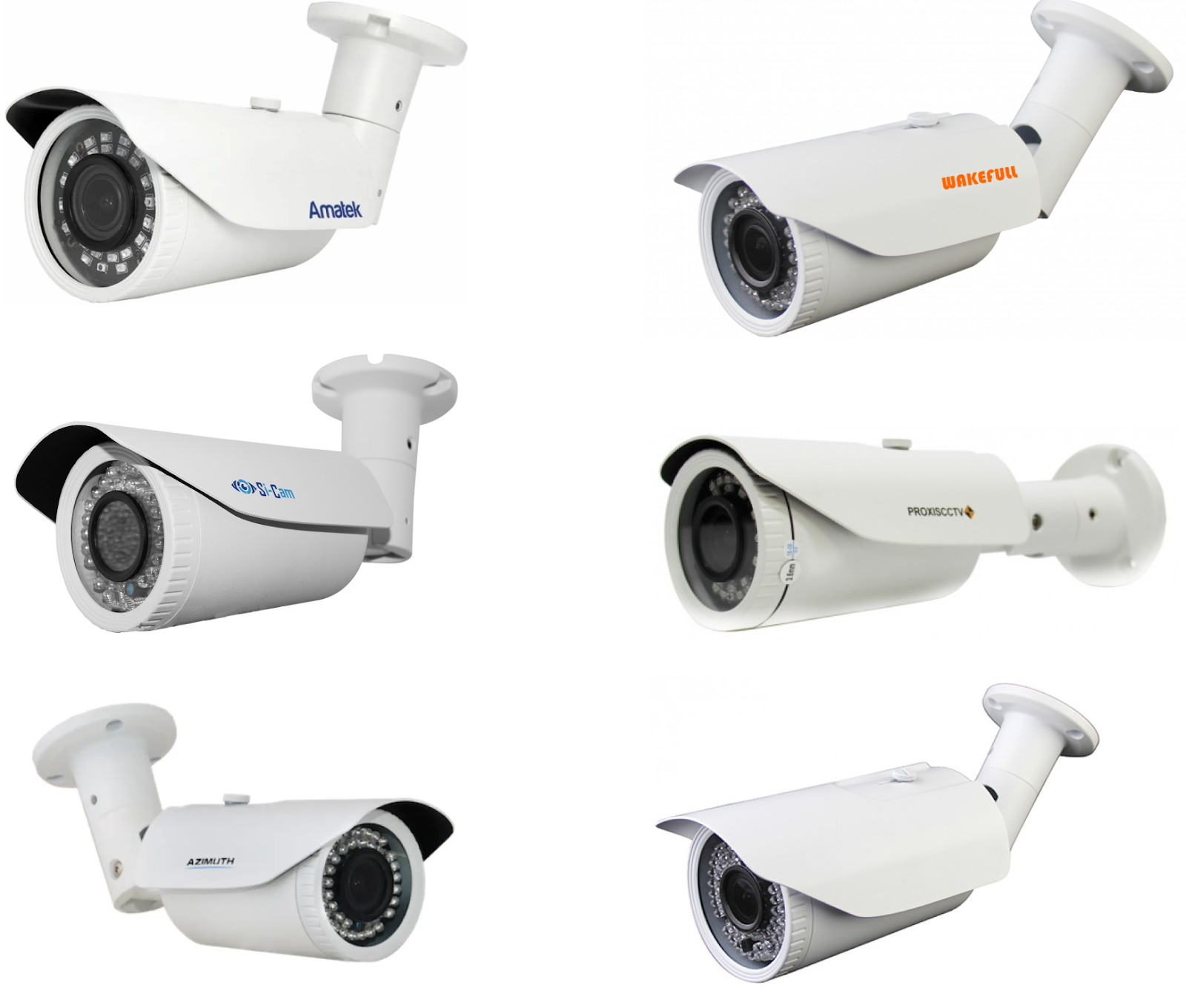
Secondly, it is assembled in a standard Chinese OEM case, which, in addition to it, has a dozen more cameras. This in itself is not a crime, but it does lead to certain thoughts. At a minimum, the statement about in-house production and the designer’s work on each camera is disingenuous.


By the way, the reason for choosing this case is quite simple: it is very cheap, even at retail.
Electronic components
Once the camera is opened, things only get more interesting. The Si-Cam camera video module board has many external similarities with the board from a Chinese manufacturer Anjvision model MC-J20.
The video module board contains common elements: silk-screen printing, location of connectors on the board, location of electronic components on the board, identical SoC SSC335 chip, identical model sticker, identical topology and design of the board as a whole.
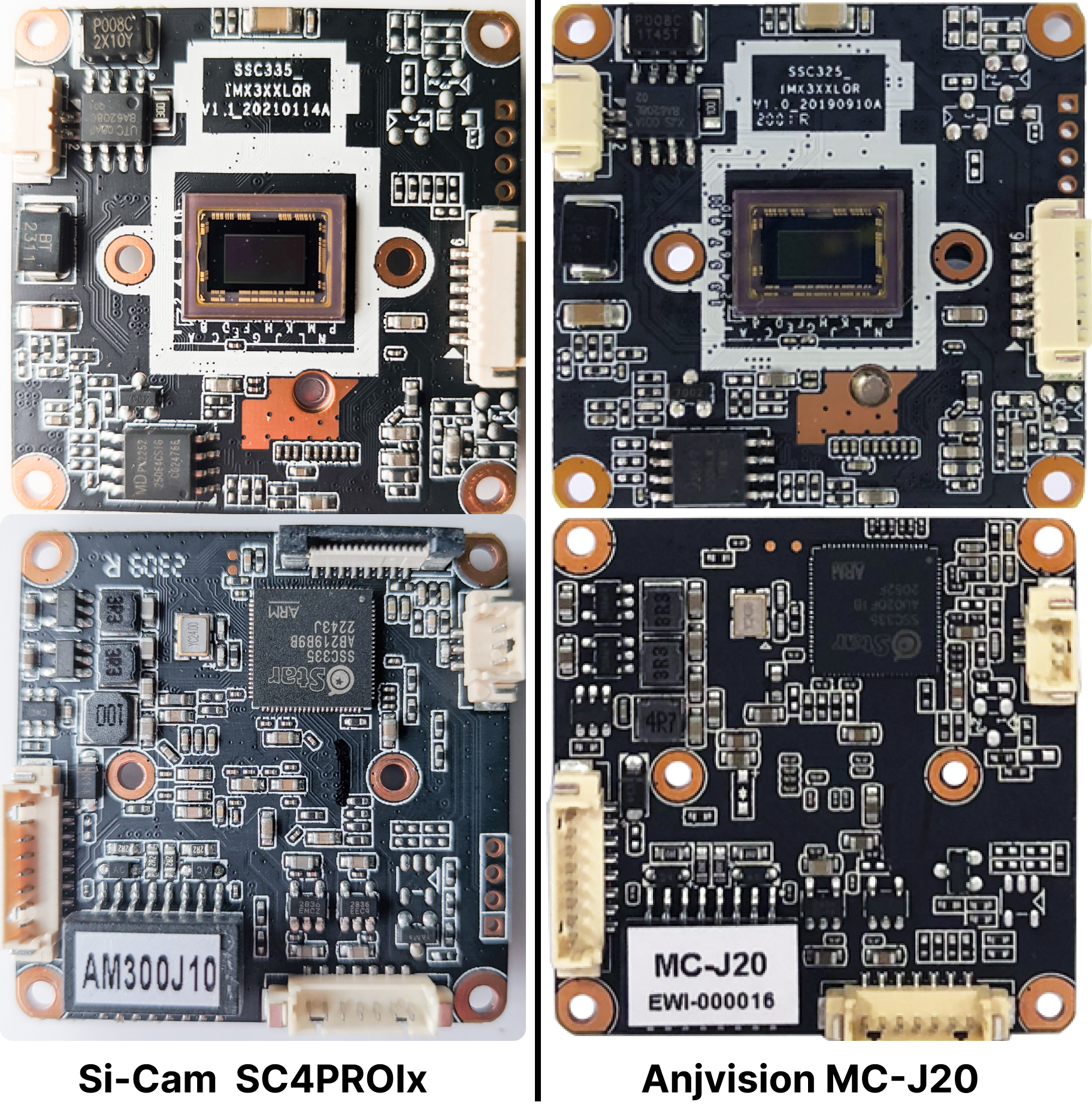
Minor differences in components are caused by board revisions and sensor resolutions, otherwise these are identical modules.
Why is this important: in simple household single-board IP cameras, the video module is a key part. It houses a processor, memory, sensor, power controller – this is a full-fledged motherboard. Therefore, “Chinese video module” in 90% of cases equals “Chinese camera”.
But we move on. The backlight board is also Chinese, from another OEM manufacturer, Feyond, this is evidenced by the model FY-6042(3) marking on the back side and the appearance of the board. This board is available in Feyond company catalog.
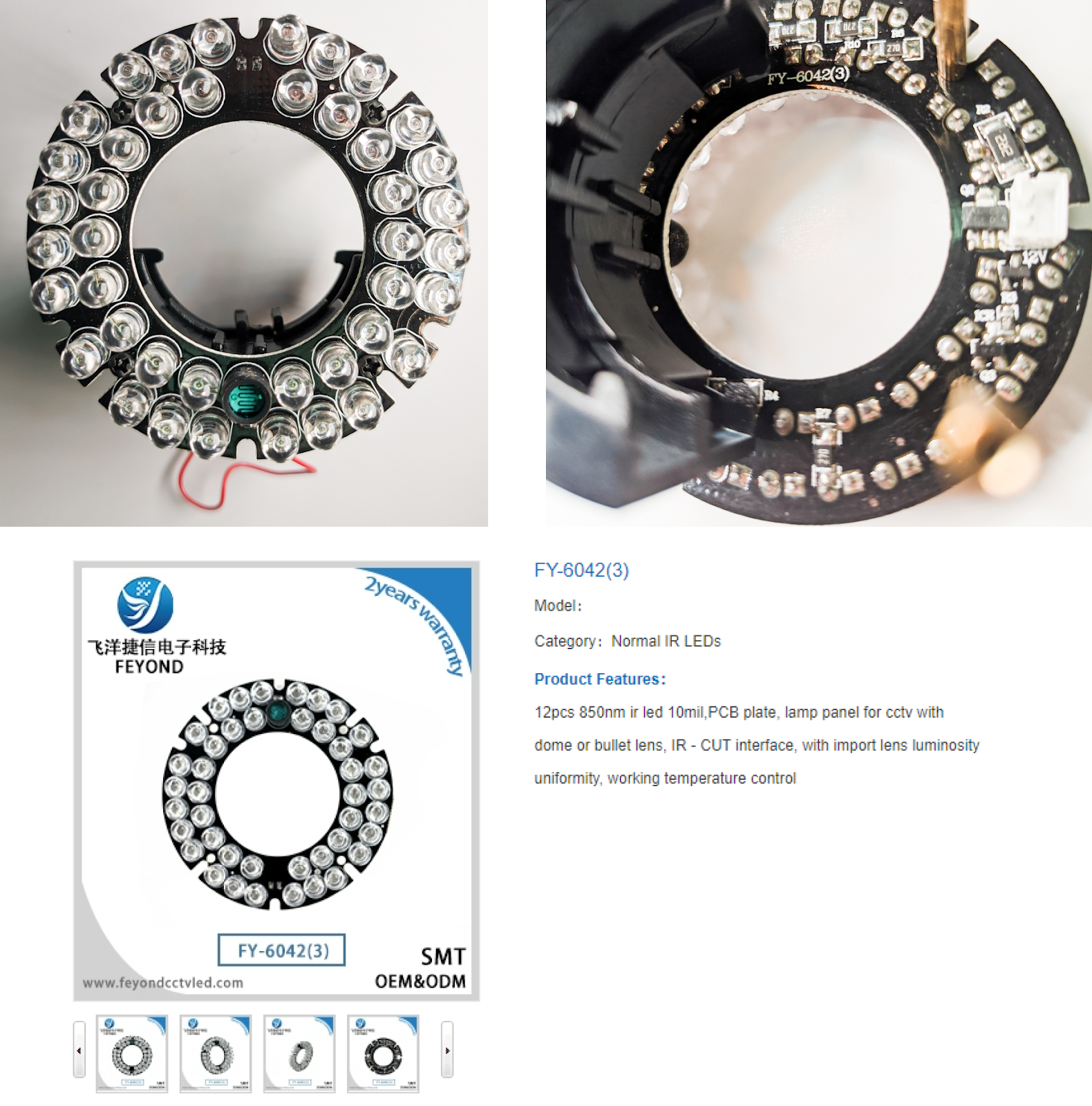
The camera is powered by the cheapest, simplest PoE injector in the tail. This is also a Chinese module, from the OEM manufacturer SDaPo, model FS5712R.
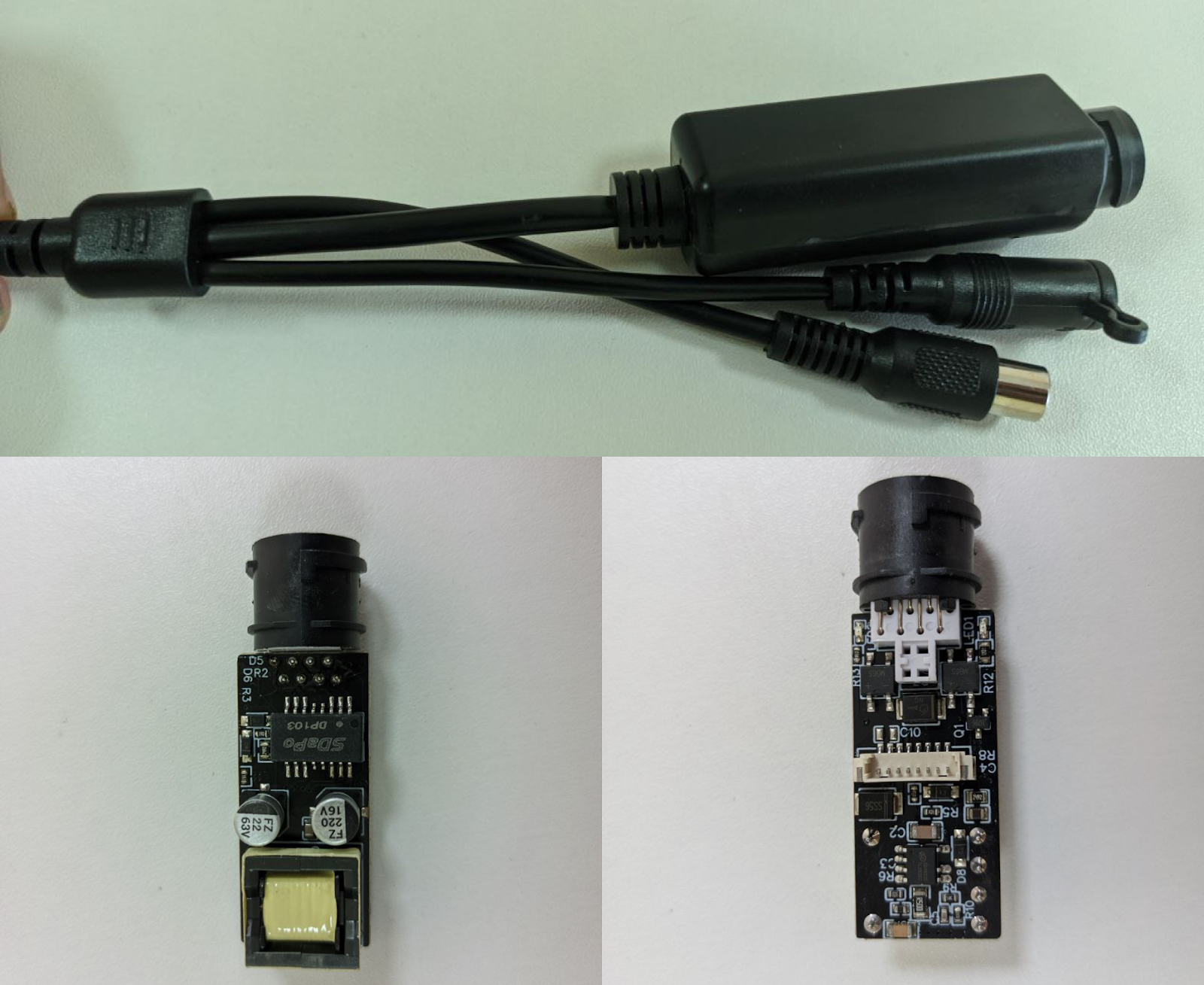
To summarize: the camera does not contain a single electronic component manufactured or developed in Russia, and let me remind you that it is certified as being of Russian origin. Maybe things are different with the firmware?
Firmware
In short, no, there are no miracles here either.
We open the camera web interface through the Chrome browser console and see comments in Chinese throughout the body of the code. Perhaps the Si-Cam programmers are so advanced in their knowledge that they comment in hieroglyphs?

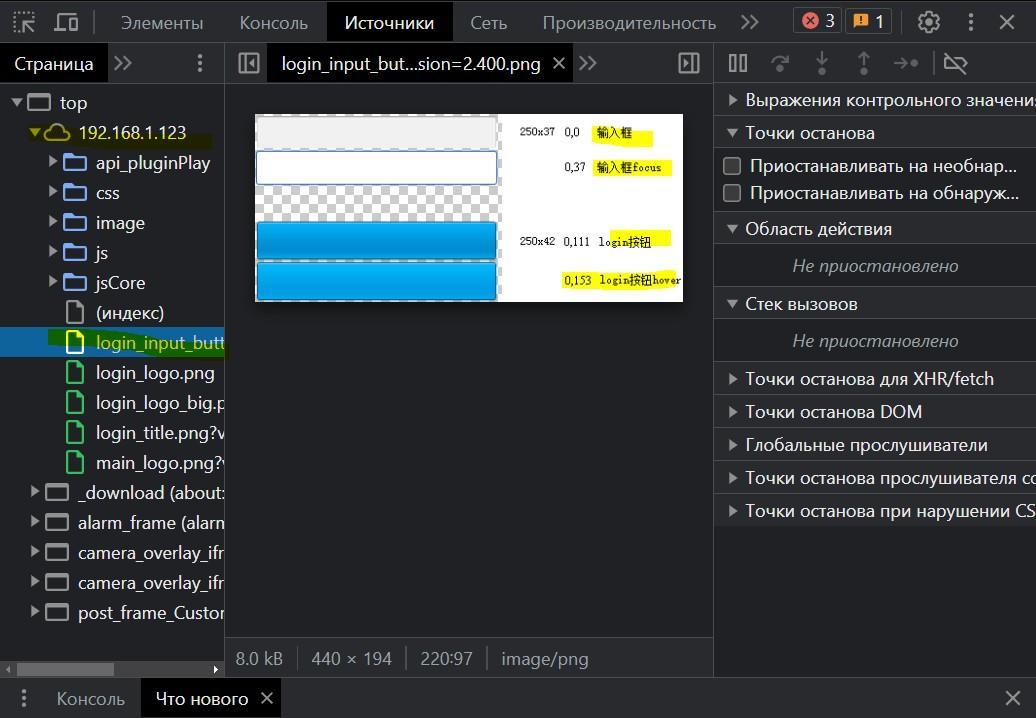
What if we try to open our camera through the personalization tool that OEMs offer to their customers? Since the video module board is suspiciously similar to Anjvision products, I started with them. Through a Moscow dealer, I contacted representatives of the Anjvision factory to clarify the origin of the board, to which they kindly sent me a set of tools for working with their equipment.

The camera, without any dancing with a tambourine, is detected by default in the personalization tool, we can change the logo in the web interface, IP address, MAC address, serial number and much, much more.
Maybe the branded devtool from Anjvision will find and be able to update our “domestic” camera?

Yes, everything is in perfect order here too: the camera is detected, the board is identified as AM300J10 (which corresponds to the markings on the board sticker).
It turns out that the firmware and web interface of the camera are also Chinese. Then what is Russian?
How much does it cost?
To be included in the register, at least 51% of the camera’s cost must originate in Russia. The price according to the register is 8900 rubles, in retail it is higher – 12000-15000 rubles. Fortunately, prices for all (or as similar as possible) camera components are available on Asian trading platforms, so let’s roughly estimate the cost of the hardware:
video module – 1200 rubles,
backlight board – 200 rubles,
body – 1500 rubles,
tail with PoE injector – 400 rubles,
lens with shutter assembly – 500 rubles.
The total comes out to 3800-4000 rubles, I repeat, based on rough estimates. Components for wholesale customers are much cheaper, so 4,000 rubles can most likely turn into 2,000 rubles.
But what about the 9,000 rubles indicated in the register? Probably, assembling a camera from ready-made Chinese components is very long and difficult, which is reflected in the price? No, disassembling and assembling the camera for the photo filling took me about 5 minutes without special tools. Maybe then the company has very expensive rent, and this is included in the price? At the address stated in the certificate there are garages, and something tells me that renting industrial premises also does not justify such a price.
In any case, it would be interesting to know what made up 51% of the Russian cost of this camera, and most importantly, what were the employees of the Novosibirsk Chamber of Commerce and Industry guided by when they certified this camera as Russian?
Do we believe?
There is no doubt that the Si‑Cam SC4PROIх camera, included in the REP register as manufactured in the Russian Federation, is in fact assembled from Chinese OEM components, has Chinese firmware and has never been developed in Russia – unless, of course, Si‑Cam engineers are developing it do not involve twisting together two Chinese boards in a Chinese case with a screwdriver.
I very much doubt that there are design or technological documentation for these cameras (at least not in hieroglyphs), and at best this is a large-scale assembly on the territory of the Russian Federation. Although, looking at the photo of the production address registered in the certificate, I have doubts about this too.
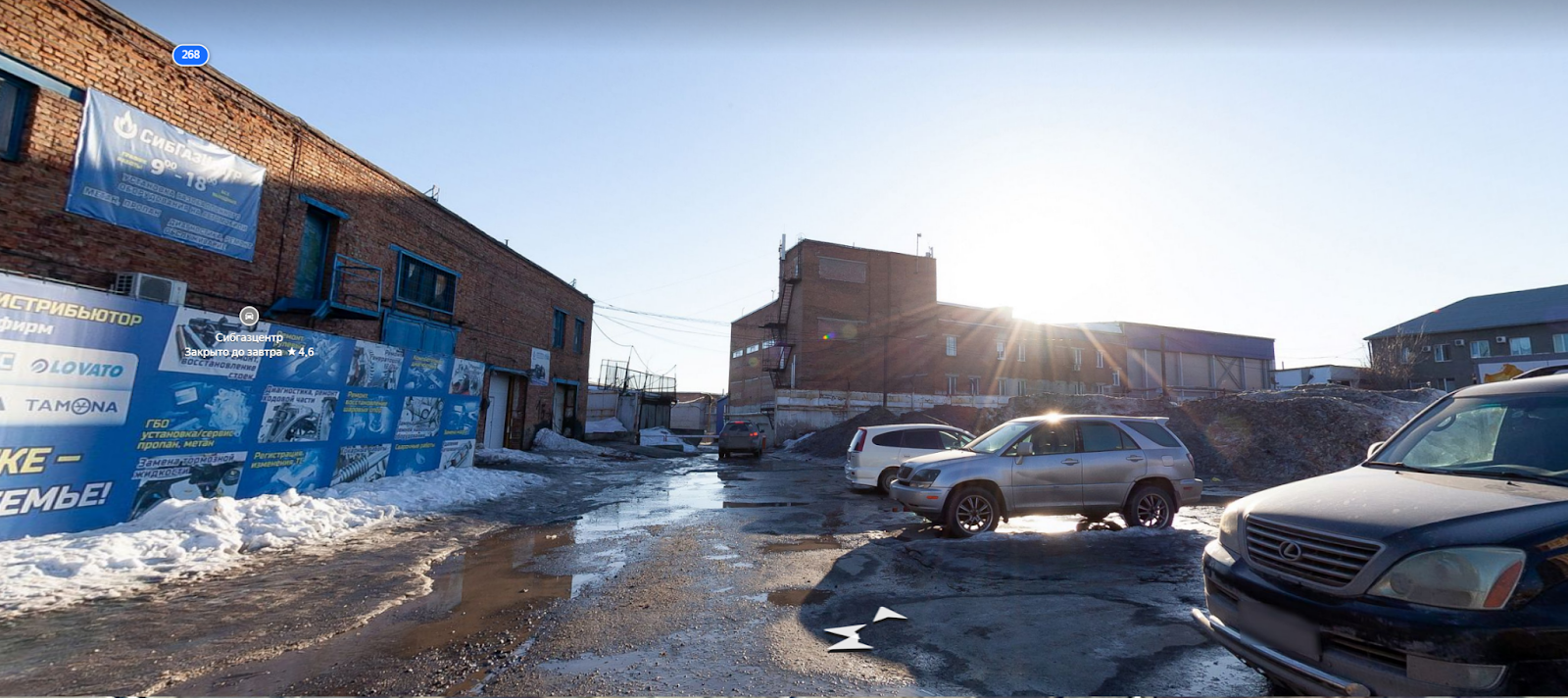
Such cameras should never have ended up in the REP register, and they supposedly manufacturers are well aware of this. This means that they deliberately misled the employees of the local Chamber of Commerce and Industry when they submitted documents for product registration, and they, in turn, turned out to be so incompetent that they did not notice the obvious Asian origin.
And to hell with the fact that cheap consumer cameras for $20 are sold for $200, the problem with these cameras is something else: they are actually installed at critical infrastructure facilities, government facilities, municipal institutions, and in accordance with the laws on import substitution they will be out of competition . Dozens of articles have been written about what kind of gateway Chinese products are (0 1 2 3 4).
I don’t even hope that this article will cause a resonance and Si-Cam cameras will be removed from the registry, but I would like to believe that this information will help someone make the right decision or at least entertain someone.




